In the world of interior design, aesthetics play a paramount role. While color schemes, furniture, and architectural elements undoubtedly hold their importance, one often overlooked aspect that holds the potential to transform a space is texture.
Texture can infuse a room with character, depth, and a tangible sense of comfort. In recent years, we’ve witnessed a surge in the importance of texture as a key element of interior design. From rustic raw materials to luxurious fabrics, tactile design has become a prominent trend in the industry. We are delving into the power of texture and explores the latest Trends in Tactile Design.
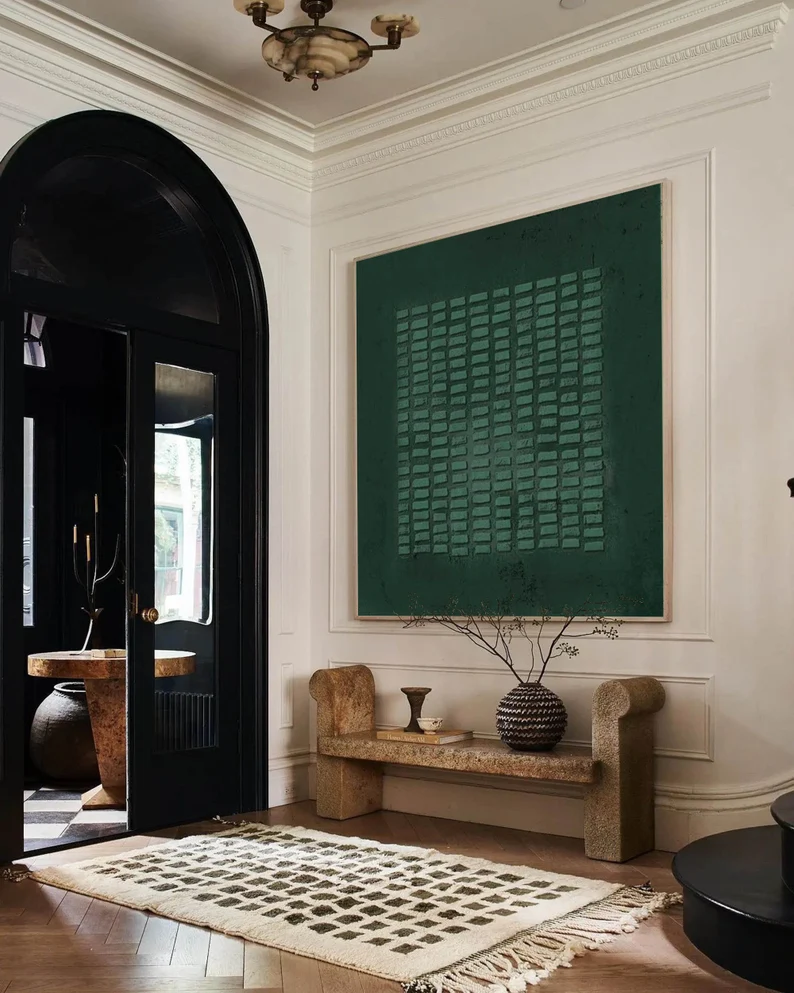
This color palette is part of the Floral Fantasies Report that you can download for free by clicking below:

The Importance of Texture in Interior Design
Texture is an essential component of interior design, often defining the atmosphere and personality of a space. A well-balanced use of texture can breathe life into a room, making it feel inviting and visually appealing. While color and pattern grab our attention initially, it’s texture that keeps us engaged. Tactile elements like a plush rug underfoot, a rough stone accent wall, or the soft embrace of a linen sofa are what create a memorable interior.
Trends in Tactile Design are rooted in the realization that texture is not just about aesthetics, but it’s about the sensory experience of a space. Texture engages not only our eyes but also our hands, adding a layer of physicality and comfort to a room. Let’s explore some of the current trends that highlight the power of texture in interior design.

1. Raw and Natural Materials
One of the most prominent trends in Tactile Design is the incorporation of raw and natural materials. In a world that often feels dominated by technology, people are seeking ways to reconnect with nature, even within their homes. As a result, materials like stone, wood, and unrefined metals have made a resounding comeback.
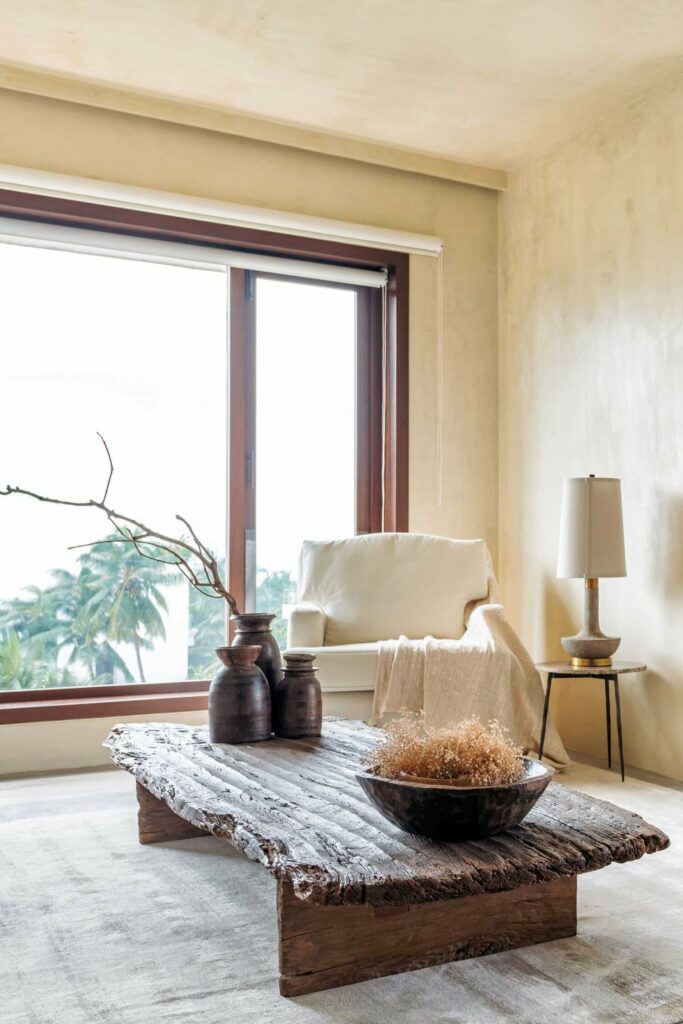
Incorporating these materials can bring a sense of authenticity to a space. Reclaimed wood, with its imperfections and history, is an excellent choice for furniture or accent walls. Similarly, stone textures, be it a rough-hewn granite countertop or a pebble mosaic bathroom floor, connect us to the earth’s natural elements. Not only do these materials add texture, but they also convey a sense of timelessness, a return to our roots.
2. Luxurious Fabrics and Upholstery
On the opposite end of the spectrum from raw materials, we find the trend of indulging in luxurious fabrics and upholstery. Plush velvets, sumptuous silks, and soft faux furs are becoming increasingly popular in interior design.
These opulent textures offer a sense of comfort and elegance. A velvet sofa or silk curtains invite us to relax and enjoy a space, all while providing a visual and tactile feast. It’s no surprise that the use of luxurious fabrics is often associated with high-end interior design and opulent living spaces.
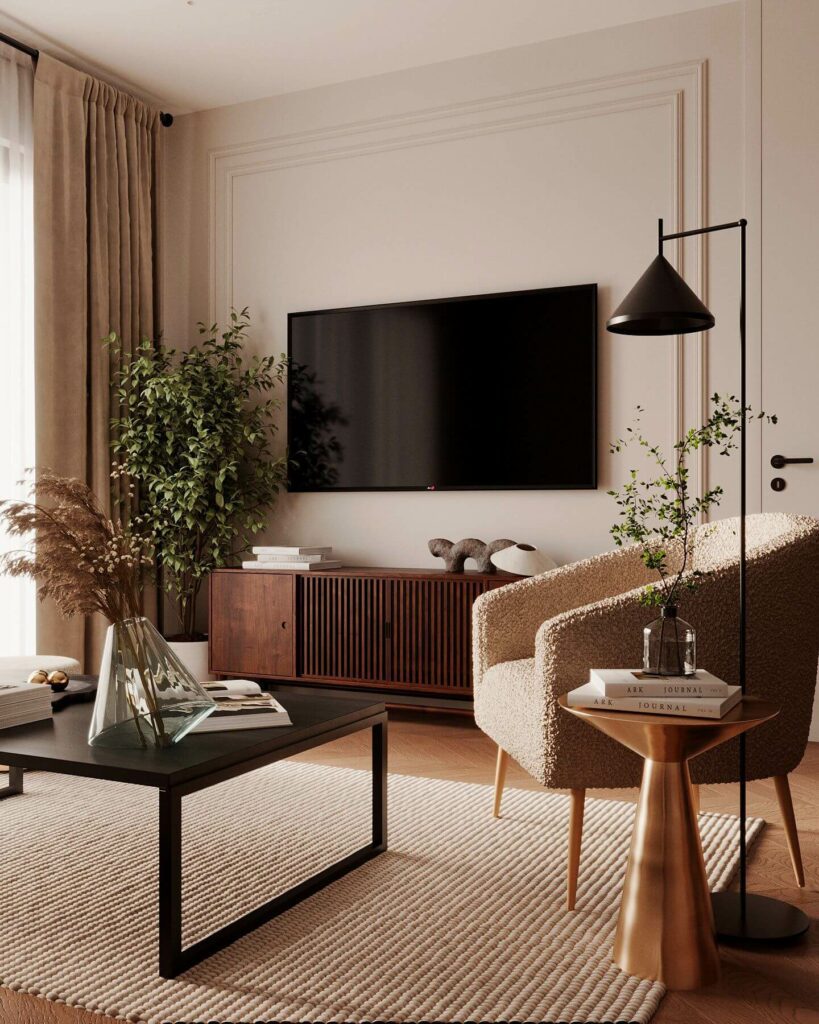
3. Contrast and Combinations
Another exciting trend in Tactile Design is the use of contrasting textures and the art of combining them. Interior designers are now experimenting with juxtaposing different textures to create visual and sensory interest.
For instance, pairing the ruggedness of a concrete wall with the softness of a shaggy rug or placing a sleek, modern glass coffee table on a distressed wooden floor. These combinations spark a sense of curiosity and dynamic energy within a room.
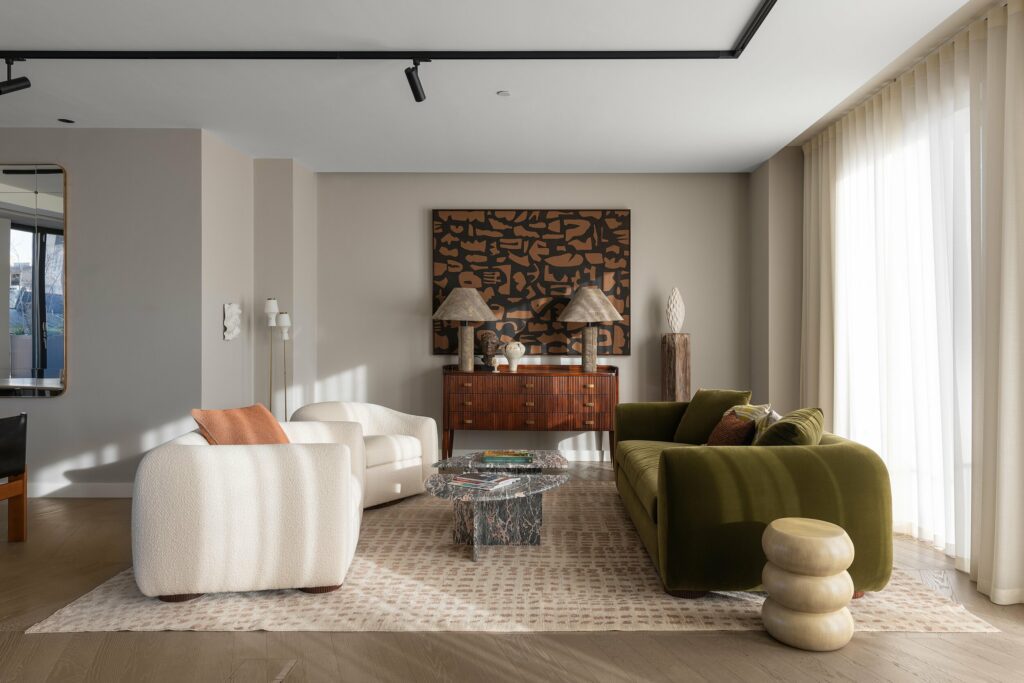
Moreover, the creative use of contrasting textures can help define specific areas within an open-concept space. By utilizing different textures for various zones, a room can transition smoothly from one functional area to another while maintaining a unified design.
4. Sensory Decor and Haptic Trends
In the realm of interior design, it’s essential to consider all the senses, not just sight. This holistic approach to design is what gives rise to sensory decor and haptic trends. Haptic, derived from the Greek word “haptikos,” relates to the sense of touch and the perception of objects by touch.
Sensory decor explores how textures can influence our emotions and well-being. For instance, a room adorned with soft, fluffy pillows and cozy throws might evoke feelings of warmth and security. In contrast, a room featuring smooth, cool surfaces can convey a sense of modernity and minimalism.
The art of layering different textures is a fundamental aspect of haptic trends. From the nubby texture of a woven basket to the sleek, cool finish of a glass vase, these layers create a multi-dimensional experience that transcends the visual.
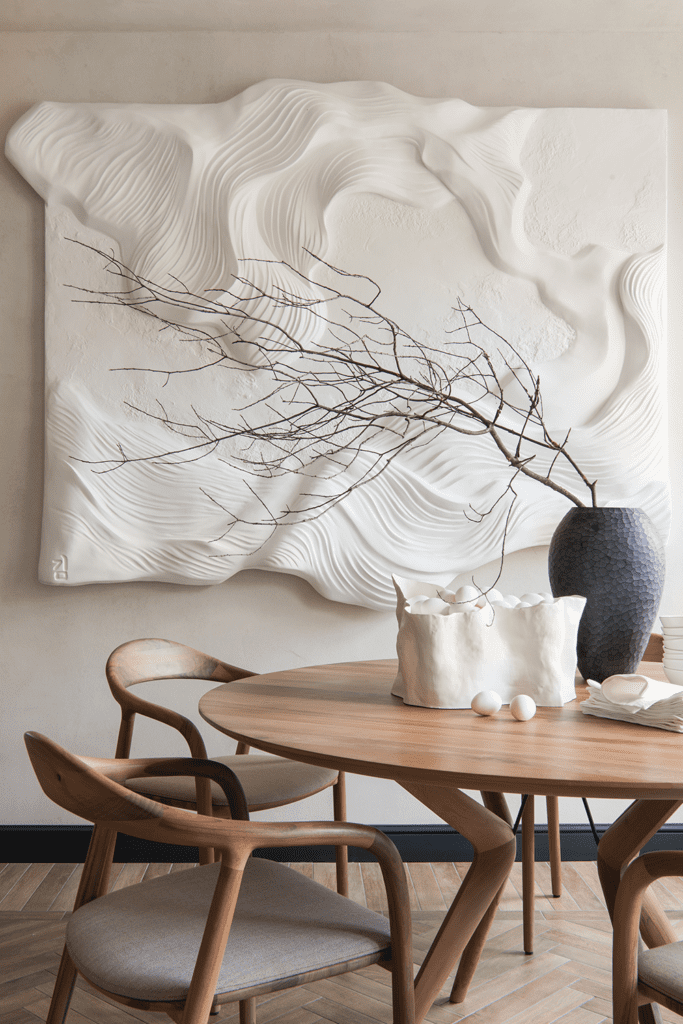
5. Sustainability and Tactile Design
Sustainability is a dominant force in modern design, and it has also made its presence felt in Tactile Design. As awareness of environmental issues grows, there is a greater appreciation for sustainable and eco-friendly textures and materials.
Designers and homeowners are seeking out textures and materials that align with their eco-conscious values. Bamboo flooring, cork walls, and recycled glass countertops are examples of sustainable materials that not only add texture but also contribute to a greener, more responsible design approach.
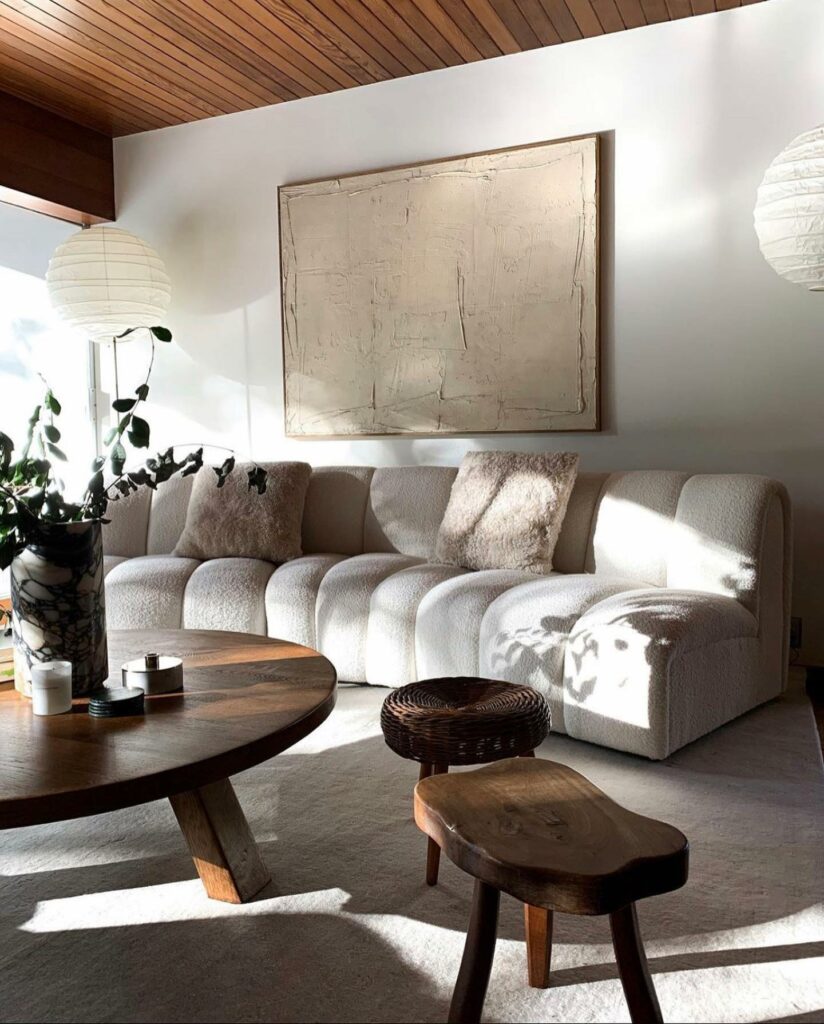
Trends in Tactile Design emphasize the undeniable power of texture in shaping our interior spaces. Whether it’s through the embrace of raw and natural materials, the indulgence in luxurious fabrics, the creative use of contrasts, the consideration of all senses through sensory decor, or the commitment to sustainability, texture is at the forefront of contemporary interior design.
In a world that can often feel detached and overwhelming, the textures we choose to surround ourselves with offer a means of grounding, connection, and comfort. The rise of Tactile Design is a testament to our enduring need for sensory richness in our living spaces, transcending the visual and immersing us in a multi-dimensional world of design. As we move forward, the power of texture will continue to shape the way we design and experience our homes.
Read also:
Cottagecore Trend: A Rustic Revival in Interior Design
Nutshell Brown | 2024 Key Color Trends
*Like what you’ve read about Trends in Tactile Design? Feel free to share on your social media! If you want to see more articles click here.*| Don’t forget to follow us on our social media, Instagram, and Youtube.
